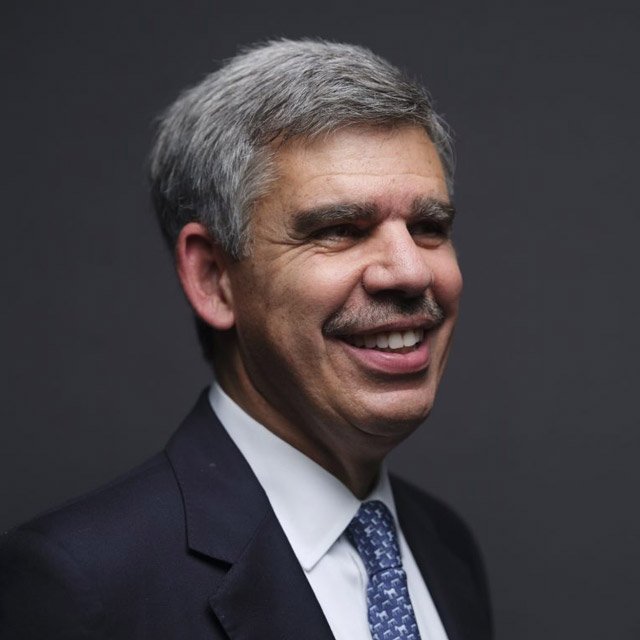Investors Should Think Risk Factors, Not Asset Classes

This brought into play the “credit risk factor,” retaining pressure on stocks, fueling further volatility but, in a stark change from what happened in the first five months of the year, starting to restore the traditional correlation between stocks and bonds.
What’s Next
Looking forward, it looks as if markets will continue to oscillate between these two risk factors as they await evidence on three key economic and policy questions:
How successful will a lagging Fed be in battling inflation, and how much collateral damage will be associated with its catch-up process?
To what extent will a strong labor market shield the US from an economic recession?
How sticky will inflation prove in the context of declining aggregate demand?
Those advocating large general increases in holdings of risk assets are assuming that the answers to these three questions would combine to deliver what economists call a “soft landing” — a reduction in both actual inflation and inflationary expectations without notable damage to the real economy.
Specifically, that would result from the Fed succeeding in regaining its policy credibility and effectiveness, the labor market anchoring a still-buoyant economy, and inflation not being propped up by persistent supply-side disruptions.
Importantly, it would deliver not only friendly interest rate and credit risks but also ensure that a looming third risk factor does not come into play — that is, a liquidity dislocation that undermines the orderly functioning of markets.
The triggering of such a “liquidity risk factor” would compound still-disruptive interest rate and credit risks, rendering the second half of 2022 as challenging for investors as the first half has been. And in between these two extremes, various permutations tend to favor selective investment approaches and careful selection of individual stocks.
As of now, and as hard as we all try, there are simply no clear and confident answers yet to the three key economic and policy questions and, therefore importantly, how the various risk factors will evolve from here. It is a fact to keep in mind as many rush to assertively predict what is ahead for markets.
***
Mohamed A. El-Erian is a Bloomberg Opinion columnist. A former chief executive officer of Pimco, he is president of Queens’ College, Cambridge; chief economic adviser at Allianz SE; and chair of Gramercy Fund Management. He is author of “The Only Game in Town.”
(Photo: Wei Leng Tay/Bloomberg)


